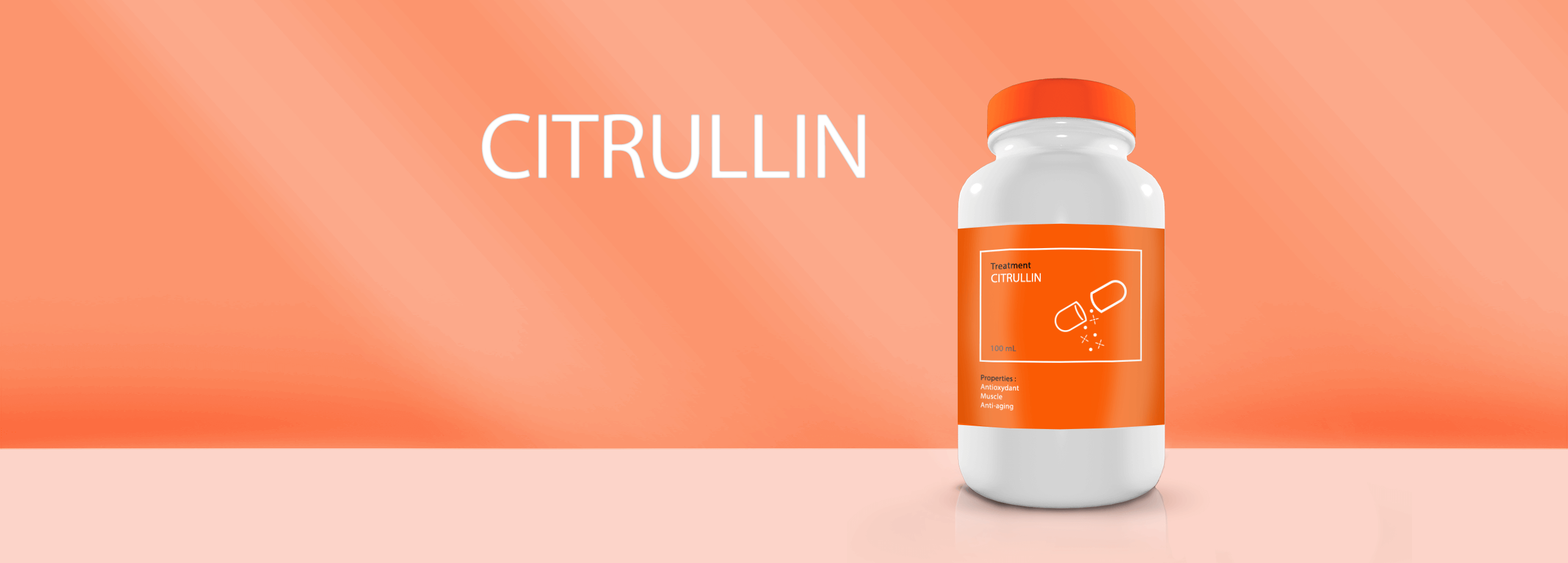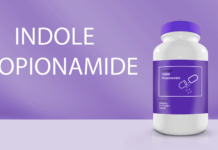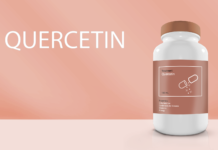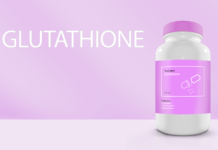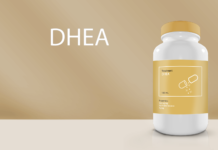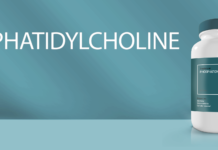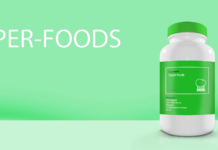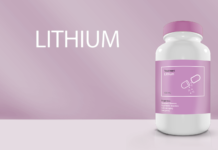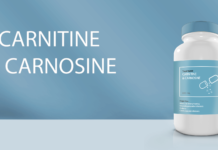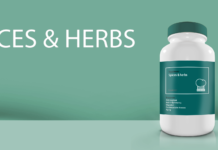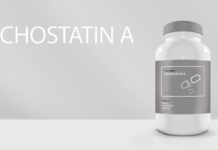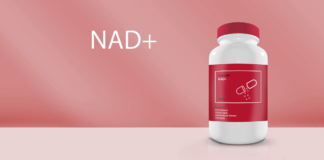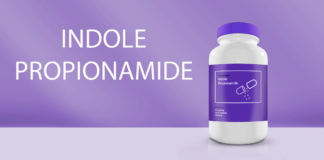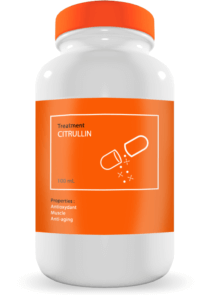
Fact sheet
A strong amino-acid!
Citrullin cannot be isolated from arginine and ornithine. Indeed, their metabolisms are intimately linked and contribute to the regulation of urea and the elimination of the nitrogen present in our bodies[1]. Initially discovered in watermelon, the food richest in citrullin, it is used and recognized by bodybuilders because it promotes muscle growth[2]. Today, it is becoming a real alternative to arginine supplementation because of the few side effects and its interesting anti-aging effects.
Sarcopenia prevention
As we age, our muscle and bone mass tends to decrease, often resulting in mobility and autonomy problems that contribute to the isolation of older people and to the aggravation of other conditions. Sarcopenia is defined by a progressive loss of mass, function and muscle strength[3]. It is a form of age-related dystrophy that affects up to 40% of the population to a greater or lesser degree (learn more about sarcopenia). It can be aggravated by factors other than age, such as malnutrition.
Recent studies have documented the very positive impact of citrullin supplementation, not only on the elderly but also on the young[2,4]. These studies show an overall improvement in muscle strength and recovery time after exercise. It is necessary to await the results of new human studies, but research in rats is already very advanced and shows that citrullin supplementation, whether or not supplemented with arginine or leucine, would increase muscle mass up to 37% in parallel with a loss of fat mass of up to 18%[5,6,7,8].
It would seem that citrullin supplementation leads to a significant increase in protein synthesis in the muscles, accompanied by an increase in the expression of certain enzymes involved in energy metabolism[7]. According to the authors of this study, the elevation of glycolysis observed in parallel with a decrease in mitochondrial activity suggests the following hypothesis: the beneficial effect of citrullin would cause a metabolic change in the muscle, moving it from an aerobic mechanism (which requires oxygen) to an anaerobic process (which does not require oxygen).
Citrullin effect on aging
In addition to its action on the muscles, several studies have shown the beneficial effect of citrullin:
- on arterial rigidity and hypertension: citrullin seems to play a role in the modulation of iNOS, an enzyme involved in the synthesis of NM (nitrogen monoxide) that can be activated by different mechanisms[9]. NM is a powerful vasodilator, its increased synthesis would increase the reactivity of vessels, thus decreasing hypertension and increasing muscle strength through increased oxygen supply
- on the prevention of neurodegenerative diseases: in diseases such as Alzheimer’s, changes in the membrane of neurons contribute to the release of bad proteins between cells through the formation of cavities. In these cavities, a fragment of APP, the precursor of the amyloid, responsible for plaques that prevent communication between neurons (learn more about Alzheimer’s disease), will be able to bind. The more of this fragment is found in cavities, the higher the concentration of APP in neurons and the higher the risk of developing Alzheimer’s disease. During citrullin supplementation, membrane changes allowing the formation of these cavities and the fixation of the APP fragment are greatly reduced[10]. This indicates a very likely role of citrullin in the prevention of Alzheimer’s disease
- oxidation of lipoproteins: citrullin seems to be a central actor in the protection against oxidation[11]. The mechanism leading to this effect is still unclear.
Although there are few human studies, citrullin is a good candidate to help us fight against aging. Its use is very low risk and its metabolic effect can only be beneficial!
- Number of publications : about 200
- Availability : over the counter
- Route : oral
- Dosage : from 1 to 10 g/day
No side effects have been recorded to date (for doses up to 15g per day).
Due to its good bioavailability and excellent absorption, citrullin appears to be a good alternative to arginine (which can cause stomach aches and diarrhoea). It can also complement it, thus reducing the doses of arginine ingested. It will be perfect in complement with leucine to fight against muscle loss.
[1] Moinard C, Cynober, L. Citrulline: a new player in the control of nitrogen homeostasis, J. Nutr. 2007; 137(6 Suppl 2):1621S-1625S.
[2] Jourdan M, Nair KS, et al., Citrulline stimulates muscle protein synthesis in the post-absorptive state in healthy people fed a low-protein diet – A pilot study., Clinical Nutrition, 2015; 34(3):449–56.
[3] Cruz-Jentoft AJ, Baeyens JP et al., Sarcopenia: European Consensus on Definition and Diagnosis Report of the European Working Group on Sarcopenia in Older People, Age Ageing, 2010; 39(4):412-23.
[4] Moinard C, Maccario J, Walrand S, Lasserre V, Marc J, Boirie Y, Cynober L. Arginine behaviour after arginine or citrulline administration in older subjects, Br. J. Nutr. 2016; 14;115(3):399-404
[5] Ventura G, Noirez P et al., Effect of citrulline on muscle functions during moderate dietary restriction in healthy adult rats. Amino Acids, 2013; 45(5):1123-31
[6] Faure C, Raynaud-Simon A et al., Leucine and citrulline modulate muscle function in malnourished aged rats. Amino Acids, 2012; 42(4):1425-33
[7] Faure C, Morio B et al., Citrulline enhances myofibrillar constituents expression of skeletal muscle and induces a switch in muscle energy metabolism in malnourished aged rats. Proteomics, 2013; 13(14):2191-201
[8] Moinard C., Le Plenier S. et al., Citrulline Supplementation Induces Changes in Body Composition and Limits Age-Related Metabolic Changes in Healthy Male Rats, The Journal of Nutrition, Volume 145, Issue 7, 1 July 2015, Pages 1429–1437
[9] Ham DJ, Gleeson BG, Chee A, et al. L-Citrulline Protects Skeletal Muscle Cells from Cachectic Stimuli through an iNOS-Dependent Mechanism. Beard N, ed. PLoS ONE, 2015; 10(10):e0141572.
[10] Figueroa A, Alvarez-Alvarado S, Ormsbee MJ, Madzima TA, Campbell JC, Wong A. Impact of L-citrulline supplementation and whole-body vibration training on arterial stiffness and leg muscle function in obese postmenopausal women with high blood pressure. Exp Gerontol, 2015; 63:35-40
[11] Marquet-de Rougé P, Clamagirand C, Facchinetti P, et al. Citrulline diet supplementation improves specific age-related raft changes in wild-type rodent hippocampus. Age, 2013; 35(5):1589-1606
Dr. Marion Tible

Author/Reviewer
Auteure/Relectrice
Marion Tible has a PhD in cellular biology and physiopathology. Formerly a researcher in thematics varying from cardiology to neurodegenerative diseases, she is now part of Long Long Life team and is involved in scientific writing and anti-aging research.
More about the Long Long Life team
Marion Tible est docteur en biologie cellulaire et physiopathologie. Ancienne chercheuse dans des thématiques oscillant de la cardiologie aux maladies neurodégénératives, elle est aujourd’hui impliquée au sein de Long Long Life pour la rédaction scientifique et la recherche contre le vieillissement.
En savoir plus sur l’équipe de Long Long Life


